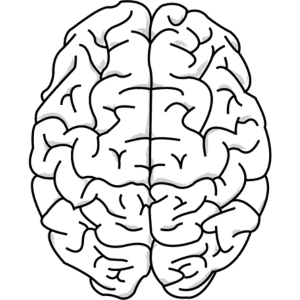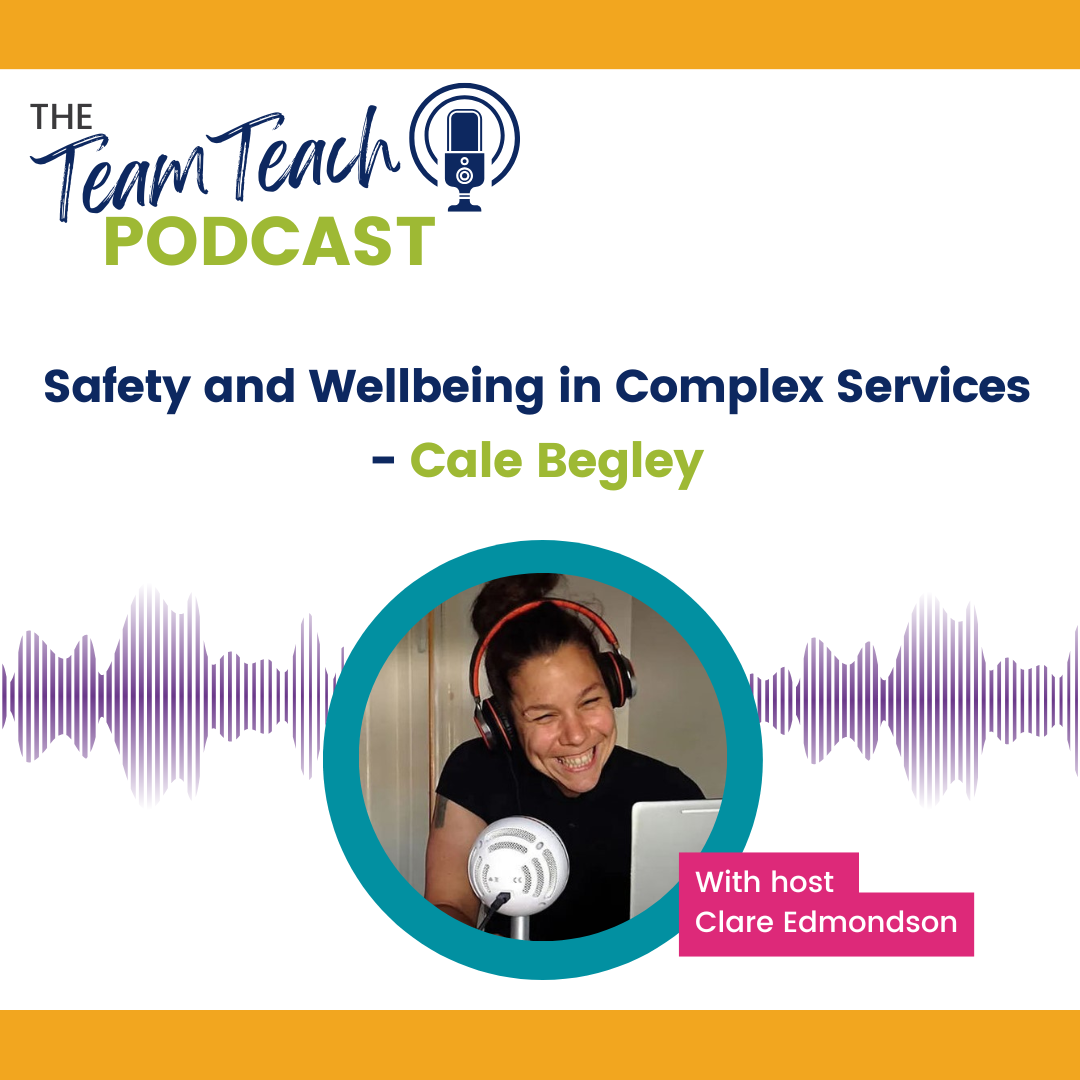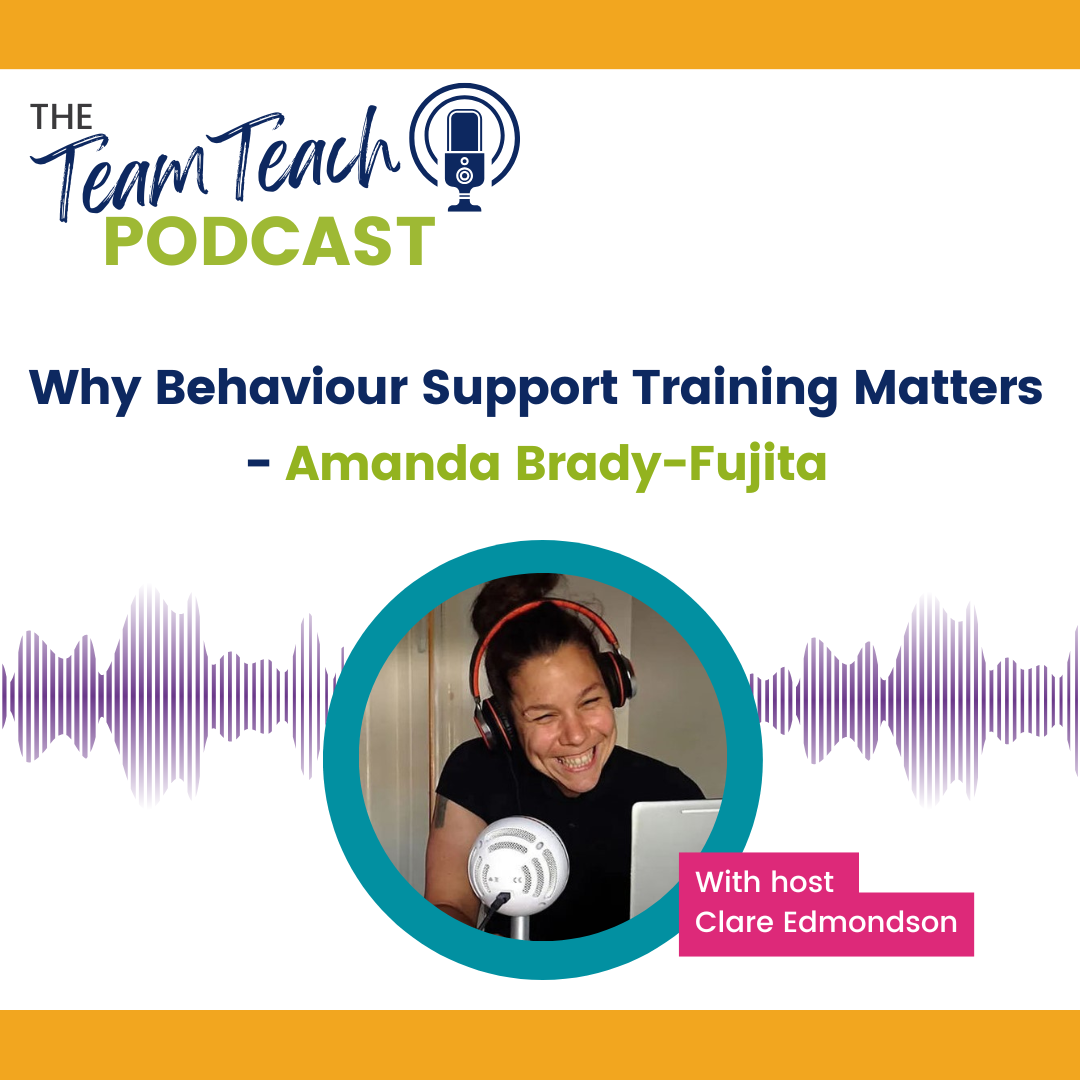Celebrating the Joy of Neurodiversity
A Guest blog by Mica Coleman-Jones, a Principal Team Teach trainer, SEND leader and consultant.
The views expressed in this blog are those of Mica Coleman-Jones and not necessarily those of the Team Teach organisation. This post was originally shared in 2022 and was updated in March 2023.
Imagine a world where the most important label a person has is their name. Some say that other labels are important because they identify and describe our differences, but, if misused, they can also create inequality and put unnecessary limitations on someone. I received a formal diagnosis of Autism in 2019, but that one label cannot possibly begin to describe all the complexities of who I am as a person and what makes me different from others. My name does that, and fortunately there don’t seem to be many Mica Jayne Coleman Jones’ in the world.
Understanding neurodiversity
In recent conversation with Dr Debra Costley, she explained neurodiversity to me as a concept like biodiversity, as in, it is not meant to divide people into rigid categories or groups. People are far more complex than that. Biodiversity describes the variety and variability of plant and animal life in a particular habitat; Neurodiversity describes the variety and variation in the human brain. In a blog post titled ‘Neurodiversity—be careful that we don’t end up bleaching it!’, Professor Amanda Kirby promotes the idea that we are all different in the way we think, act, process information, communicate, hear, listen, and move. This concept has been popular in the autism rights movement, but some disability advocates fear that over-celebration can cause some support needs to be overlooked.
The term ‘neurotypical’ clashes with the concept of neurodiversity. I mostly hear it used to describe non-autistic people, but I fear that it only prolongs the idea that there is a ‘normal’ way of being. For me, being autistic means I experience the world differently to someone who isn’t autistic, and, as a result, I have strengths in how I think. This can be useful, but I have also faced barriers to education and employment. I have learned that it is the context that I find myself in which determines whether being autistic is a help to me or a hindrance. However, my experiences, strengths and support needs are not representative of all who share an autism diagnosis. It is far more complicated than that. There are some similarities that can be seen, but we are all unique and multifaceted.
Why aren’t we embracing neurodiversity?
Unfortunately, my experience of working in different areas of the country has taught me that many professionals working in education hold different views about disability. Some professionals hadn’t even heard of the term ‘neurodiversity’ before I mentioned it. I have also seen differences in language and understanding where behaviour, such as disengagement or non-attendance, comes from. There is an unfortunate tendency to list what people can’t do and what needs to be done for them, as opposed to what they can do, and what they need to be independent and self-reliant. Professionals also have different views on the very purpose of education and how children and young people should learn, and this can lead to unintentional discrimination. It seems the same groups of people are continually left behind. Autistic people are still at high risk of exclusion, unemployment, poor health and wellbeing, and suicidality.
Why language matters
Messages about neurodiversity can become misinterpreted or diluted. Some schools, struggling with financial budget pressures, rely on in-house training, which may be outdated depending on the skills, knowledge, and experience of the member of staff responsible for it. There can also be a fear of saying the wrong thing. For many, ‘ASD’ and ‘ASC’ have become old-fashioned, and even derogatory, terms for describing someone who is autistic. There have also been ongoing debates on whether we say, ‘autistic person’ or ‘person with autism’. Research done with the autism community shows a preference for avoiding terms that describe their autism as something medical or detachable, but this is not the view of all. Fear of saying something can lead to saying nothing, which is equally undesirable.
Instead of ‘cancel culture’, it would be helpful to adopt more positive ways of challenging outdated terms and suggesting better ways of describing something. I had this experience myself when a good friend of mine, whose values and ethics outshine my own, used a phrase that I know to be offensive to some people. Instead of being angry, or cancelling our friendship, I simply suggested a replacement phrase and explained why. This was taken well, and I have heard it used since. Ultimately, ways of talking, thinking, and doing are ever evolving and improving. I have no doubt that some of what I have written here could be greatly improved by many of the people reading it—and I am open to receiving these comments too.
Getting sanctions right
There seems to be a misconception that reasonable adjustments in schools, often advocated for by families these days, promote inequality amongst children. It was during one of my training courses a member of staff said, “We need one system for sanctions so that all pupils know that if they do ‘X’ the response will be ‘Y’.” I can see why the simplicity of that approach would be preferred by some, but, unfortunately, those very ‘one size fits all’ systems are what cause large amounts of inequity in education, employment, and society. I asked the same member of staff whether she had any pupils who, by the nature of their diagnosis, had an inability to think about consequences before acting impulsively. This then challenged them to think about who might be discriminated against by using punitive responses in school and we instead discussed how else we could reduce the likelihood of negative behaviours from happening, whilst positively supporting a person to adopt new strategies for managing difficult situations or emotions.
Neurodiversity in schools
Many schools are already celebrating neurodiversity well. On visits to different schools, I have seen posters and displays raising awareness of autism and identifying role models and celebrities with an autism diagnosis. I have also been invited to deliver a primary assembly at a school in Derby, where they are keen to help children to recognise what they are good at and how this can be tapped into so they can lead lives that feel meaningful to them.
In my previous school, we talked about what it means to be inclusive in a whole school assembly and all pupils were invited to have an input on writing a new accessibility plan. It became apparent that many pupils did not know what reasonable adjustments looked like for people with a diagnosis of autism and accessibility was perceived as something for people with physical disabilities. A School Accessibility Plan includes the physical environment, access to the curriculum and how information is made available to people. I am not just interested in the idea of how we create neurodiverse-inclusive schools, but neurodiverse-inclusive workplaces and communities. As a result, staff members and families were also asked to take part in this project.
Suddenly, pupils were starting to talk about what being autistic meant for them. I even heard two Year 7 boys talking about this on the way out to break one day. I truly believe that if we can develop leaders in school that can advocate for themselves and others, we are creating future leaders in society. By ‘leader’ I do not mean a person in the formal position of leading, but someone who can lead by example. I suggest that by supporting young people to identify and recognise what they need to learn well, and by normalising these differences within the classroom, we have a better shot at creating a more inclusive society with adults that understand and embrace reasonable adjustments in the workplace.
The benefits of a neurodiverse workforce
A diverse workforce is a better one and we need different ways of thinking to be effective in different tasks. My Dad has an extraordinary ability for risk-spotting, and whilst it can become a little frustrating to have all the things that could go wrong pointed out to me, I recognise the need for people like him in business.
In a previous role, as Head of Autism Research and Development at a large SEN school, I was asked to deliver autism training to an organisation responsible for regenerating places, including social housing. They had agreed to create three places for autistic students wanting a Supported Internship, a structured work-based programme that gives young people an opportunity to take part in 6 months or more placement supported by a skilled job coach. The organisation was keen to make this new venture a success and seek practical solutions to some of the barriers that the young people might come up against in the workplace. After discussion about what might look like reasonable adjustments in the workplace, the team leader decided that this could be normalised and made accessible to whoever needed it. This included creating a quiet area for breaks and the option of listening to music whilst working (previously frowned upon, as it might look unprofessional). To the surprise of some, they later found increased productivity and a happier team!
Rebecca Wood, Dr Laura Crane, and Francesca Happe are just a few of the names to be praised for their work in understanding the experiences of autistic professionals working in education. In a book due to be published next month, they explore the unique strengths autistic staff can bring to schools when their needs are accommodated. In my experience, I found that sharing my diagnosis positioned me well to advocate for improvements in practice and policy. I also saw how my disclosure would prompt others to do the same.
In response to the increasing demand for specialist school places, I have jointly set up a wonderful steering group of people who are working together to create a business plan for a new independent school. One of our overarching aims is to actively look for ways to diversify the staff team, to ensure that their differences reflect those of the pupil cohort. This is changing thinking from something we “should” do to recognising that a diverse staff team increases empathy, connection, and opportunity to make the school better for everyone. We will not be ‘inclusive’ simply because we accommodate for difference, but because we actively look for ways that all people can contribute to the whole. Writing a school accessibility plan in collaboration with students, their families and the staff team is an example of this.
Remembering Lilya
In 2018, my wonderful autistic sister, Lilya Coleman Jones, was diagnosed with leukaemia at the age of 12 years old. Despite the dreadful circumstances, she continued to inspire me with her perception of the world and her understanding of autism as an ability, in environments where she felt understood and had her needs met. We were often frustrated with how noisy hospital wards were, particularly as there could be up to 6 or more television sets playing different sounds at different volumes. Lilya’s solution to this was to wear headphones and use headphone splitters so that we could watch the same thing together. Lilya’s family and school friends fundraised in support for the NUH Hospital Charity, and it was Lilya who requested that the donation was used on the ward where she was being treated to make it more autism inclusive. The money was used to buy headphones, splitters, and posters to encourage the use of headphones. You can read more about #hospitalweartocare here: Lilya’s Legacy #hospitalweartocare | NUH This was a great example of how solution-focused thinking could help to overcome what would have otherwise been a more unpleasant experience.
Sadly, Lilya died in 2019 and a social movement titled ‘Lilya’s Lighthouses’ was created to promote three steps to a better world. Something that stands out for me within that is, ‘all of us need to ensure that we are good friends to autistic people by asking them, where necessary, how friendships best work for them.’
Lilya would have been pleased to see the progress that has been made in how society is beginning to embrace and celebrate autistic people. However, there is much more to be done to ensure that this isn’t just happening in small pockets. You can keep the movement going by making time to talk to your friends and family about autism and neurodiversity and look for ways that you can make small improvements in your school or workplace to ensure that no one is excluded or left behind. In doing so, I guarantee you will contribute to positive long-lasting change, which will make someone else’s life a little happier, including your own.
Conclusion
World Autism Acceptance Week shouldn’t be just about awareness, although this is important. It is also a time to be joyful and celebrate neurodiversity. Understanding what neurodiversity means and accepting differences as the norm is the most important step towards inclusion of autistic people in society. The next step is working collaboratively to identify how different groups of people can connect and work together, finding ways in which we can each contribute to the whole to make it better for everyone. Dr Peter Vermeulen describes this as ‘Neuroharmony’.
Whilst there is a pressing need to ensure that the challenges autistic people continue to face in education and employment are not overlooked during our week of celebration, I cannot help but feel excited by the idea that we are moving towards a kinder world where we can each find meaning in what it means to be happy.
Recommended reading list
- Learning From Autistic Teachers: How to Be a Neurodiversity-Inclusive School by Rebecca Wood (Editor), Dr Laura Crane (Editor), and Francesca Happé (Editor)
- Inclusive Education for Autistic Children by Rebecca Wood
- Neurotribes: The Legacy of Autism and the Future of Neurodiversity by Steve Silberman
- Supporting Spectacular Girls: A practical guide to developing autistic girls’ well-being and self-esteem by Helen Clarke








